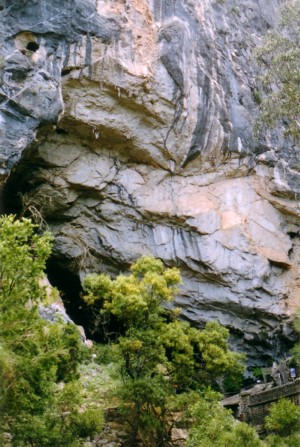 |
Image © David Powell 2005
| Caves & Cliffs |
|
|
Text and photographs © David Powell, except where indicated. | |
|
|
|
| Jenolan Caves Entrance Image © David Powell 2005 |
|
|
| Formations - Pool of Cerberus Tour Image © David Powell 2005 |
|
|
| Pool of Cerberus Image © Jenolan Caves Trust |
|
|
| Formations - Temple of Baal Image © David Powell 2005 |
|
|
| "Bottle-ite" - Temple of Baal Image © David Powell 2005 |
|
|
| Jenolan Caves House Image © Jenolan Caves Resort |
|
|
| Blue Lake Image © David Powell 2005 |
|
|
| Indian Canopy - Orient Cave Image © David Powell 2005 |
|
|
| Extended Orient Tour Image © David Powell 2005 |
|
|
| Devil's Coachhouse Image © David Powell 2005 |
|
|
| Lot's Wife - Diamond Cave Image © David Powell 2005 |
|
|
| Gem of the West - Diamond (or is it a giant nose?) Image © David Powell 2005 |
|
|
| Old Hartley Court House Image © David Powell 2005 |
|
|
| Cox's Road, Mt York, 1815 Image © David Powell 2005 |
|
|
| View from Mt York Image © David Powell 2005 |
|
|
| Mt Victoria Toll House Image © David Powell 2005 |
|
|
| Mt Victoria Post Office Image © David Powell 2005 |
|
|
| Hydro Majestic - Medlow Bath Image © David Powell 2005 |
|
|
| Gordon Falls Lookout, Leura Image © David Powell 2005 |
|
|
| Not more steps ... Sublime Point Lookout Image © David Powell 2005 |